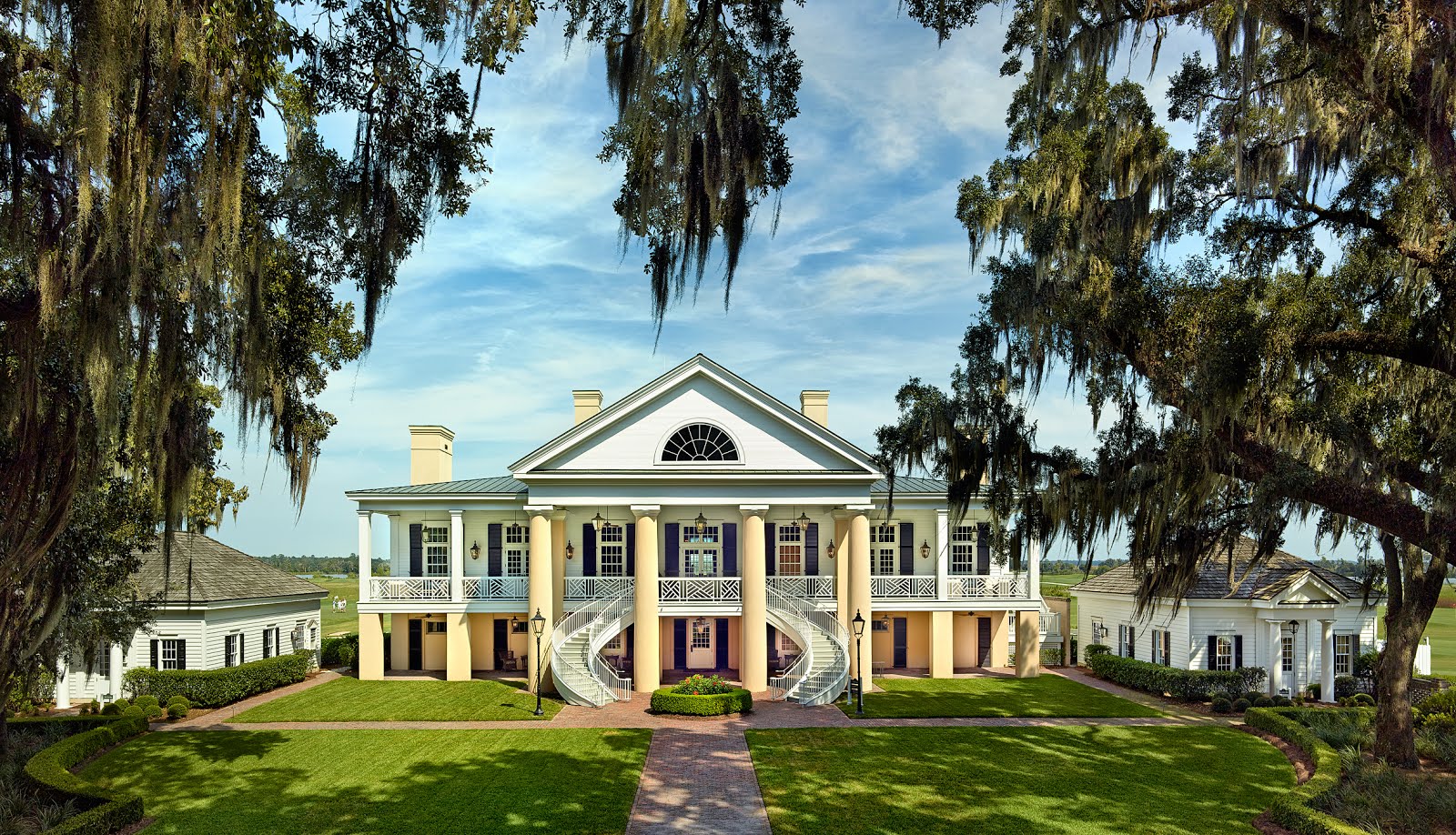During the months of August through September, the
golf course maintenance department will be completing the final stage of
“preconstruction conditioning” required before the start of the restoration
project beginning in October. The final stage, “the bermudagrass eradication
phase”, is the most critical of all preconstruction stages. Basically, this
means we will be killing the existing turfgrass plants on the course.
Eradicating the existing bermudagrass base of turfgrass
is critical for two reasons. First, it will allow for easier more effective
tilling and shaping of the golf course. By killing the turf and associated root
mass, the decomposition of organic matter or “carpet of grass” will be
accelerated. As a result, soil tillers, bulldozers and other earthmoving
equipment will be able to shape, move and create the restored golf course free
of large chunks of turf. This will accomplish a finer more consistent soil
sub-grade, allowing Mr. Dye the freedom to recreate his signature features
including fairways, mounding, bunkers, tees and greens. Without eradication,
shaping the soil with earthmoving equipment would be like trying to get the
lumps out of a freshly made casserole of whipped mashed potatoes that haven’t
been blended throughly and need more milk… impossible. In addition, having the soil sub-grade free
of large impediments will allow MacCurrach Golf Construction an unobstructed
new canvas to work from. Accurately measuring and manipulating the soil to the
specific elevations (+/- 1 inch) calculated by the engineering firm will be
critical in achieving “positive drainage”, one of the main goals and objectives
of the project.
The second reason for the eradication phase is the
most critical. In June of 2014, after the dirt work of the restoration project
is completed and all the fairways, mounding, bunkers, tees and greens have been
shaped; the course will be ready to receive new turfgrass. The turf that has
been selected to plant is called Celebration Bermudagrass, the latest and
greatest in turfgrass genetics. The Celebration turf has been extensively
tested at The Ford Plantation golf course for the last four years. The performance
results, both scientific and subjective, have exceeded our expectations in most
all critical categories of the evaluation parameters. Highlights of those
conclusions include the facts that the Celebration turf requires less sunlight
and less water than our previous turf. In addition, the turf has also exhibited
an aggressive ability to crawl over the landscape, resulting in full turfgrass
coverage and the ability to compete with other unwanted turfs. Genetically
modified turfs are preferred (especially in the golf market) for their high shoot
density which allows them to combat weed incursion and makes them less
susceptible to other pest and diseases. Finally, their short, erect leaves have
an innate ability to be manipulated by superintendents to create superior golf
ball “lies”, making them a perfect fit for Ford. The Celebration Bermudagrass has truly become
the grass of choice in the Southeast region.
However, creating a monoculture of bermudagrass
outside of a laboratory has challenged golf course superintendents and sod farm
producers since the inception of Hybrid Bermudgrass in the early 1950’s. Off-types of
bermudagrasses, generally referred to as “common bermudgrasses” or seeded
varieties, are the culprits creating the significant challenge of managing a
pure stand of hybrid bermudagrass turf. These adaptive turfgrasses have the
ability to grow from rhizomes deep in ground like the hybrids, but also have
the ability to grow from seed, unlike the hybrid bermudgasses that are sterile
and can only reproduce vegetatively. This makes the Common bermudagrass very
difficult to kill. Nonetheless, they are undesirable due to their
susceptibility to pest, disease and inability to tolerate low mowing used in
modern golf course management practices. Eradicating these invasive turfgrasses
at the height of the growing season (summer) is critical to the success of the
program. Because these turfgrasses can reproduce multiple ways, they are particularly
tricky to deal with. Therefore, by spraying herbicides designed to kill
bermudagrass down to the roots, we expect 97% - 99% control of the “Common”. By
killing the Common bermuda now and then executing a June planting of the
aggressive Celebration turf in 2014, we expect the new turf to out compete the
old during the establish process known as the “grow-in”. The Celebration turf’s
ability to compete for real estate, water and nutrients, make it an ideal
adversary to the Common that consumes much of The Ford Plantation today. Performing
the bermudgrass eradication phase before construction
begins is critical. The less of the old grass growing on the ground in the
summer of 2013, the better the odds are that the new grasses planted in 2014
will not be contaminated by the Common.














